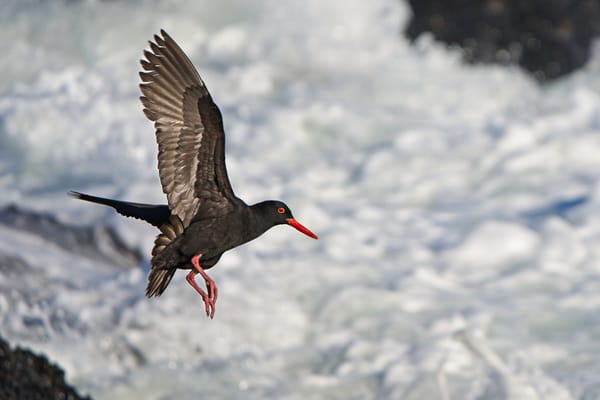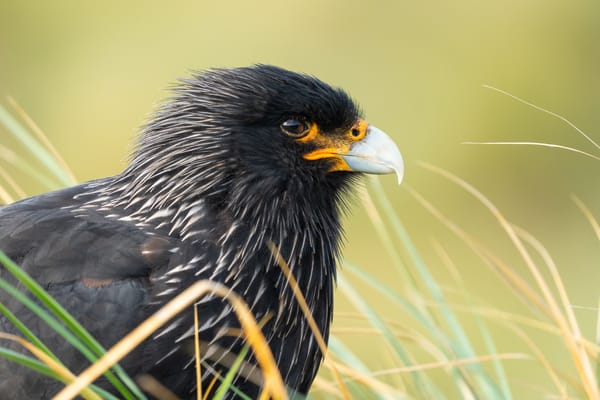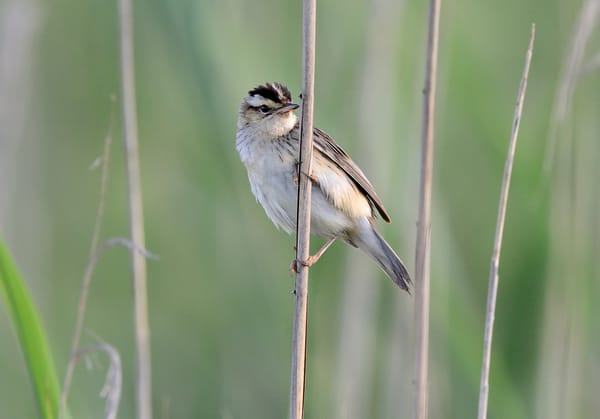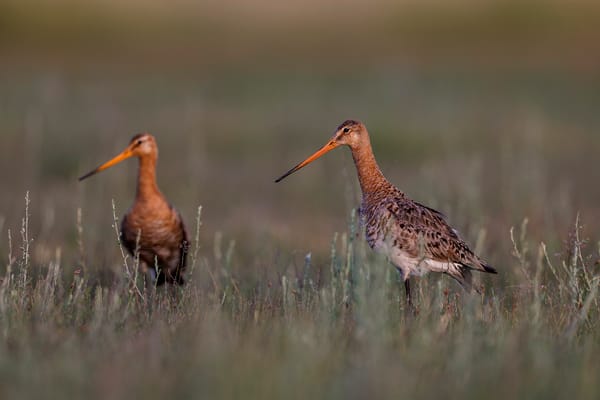

Ecology and Behaviour
Discover how birds interact with their environment and each other. This section explores habitat use, feeding strategies, social structures, breeding systems, migration patterns, and vocal communication. From territorial disputes to cooperative parenting, Ecology and Behaviour reveal the intricate ways birds adapt, survive, and thrive in a changing world. Photo by Dave Katz @tenacityinpursuit




The Sanctuary in the Sidewalk: Trees Rescue Birds in Mexico’s Cities
Even in the heart of a city, a tree can be a sanctuary for birds. A new study from Mexico reveals that urban trees do far more than provide shade – they offer critical nesting and foraging habitats for native species under pressure from habitat loss elsewhere.

The Ornithologist


